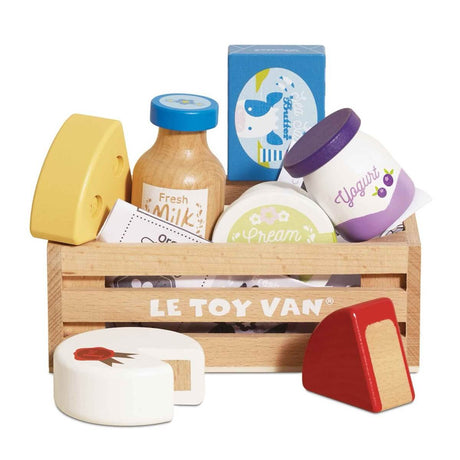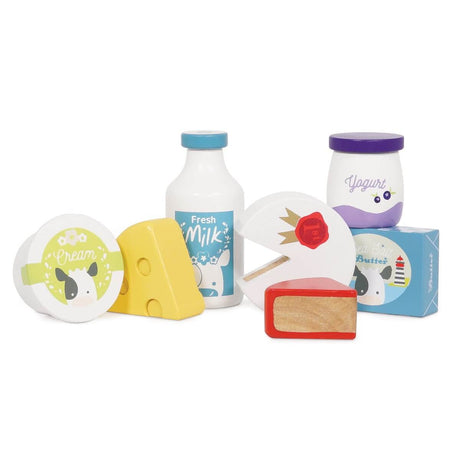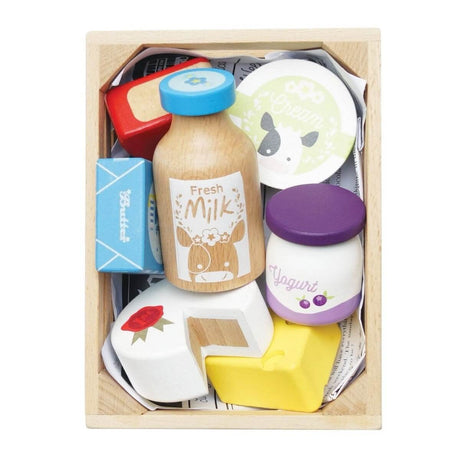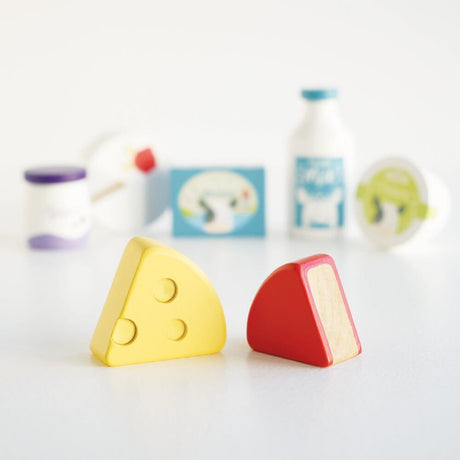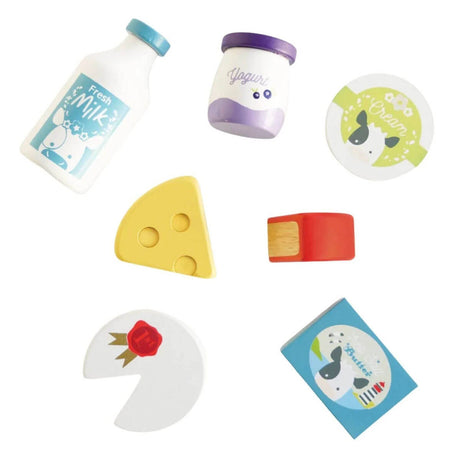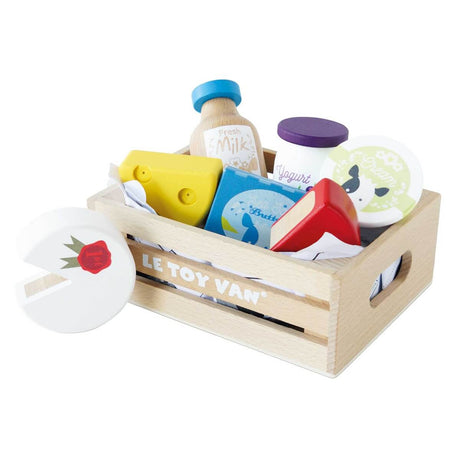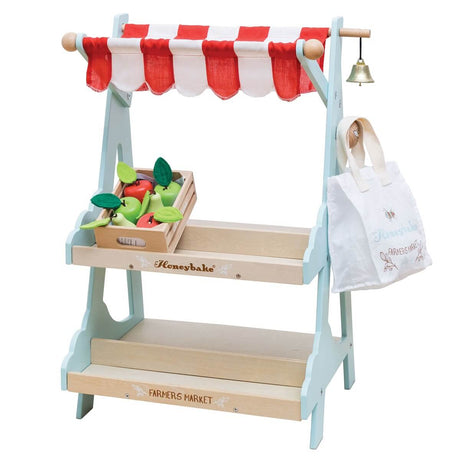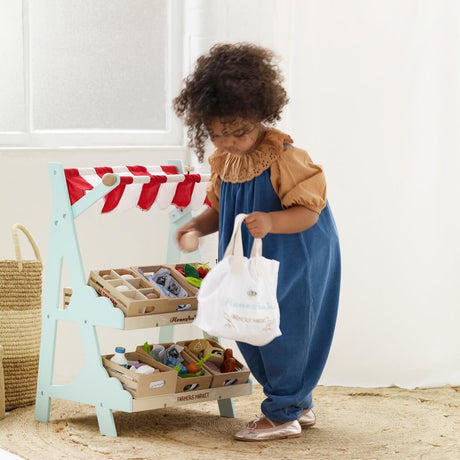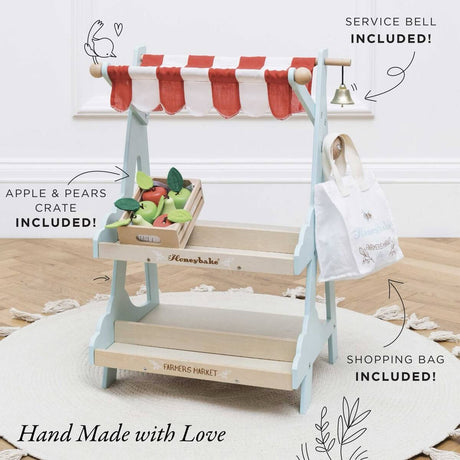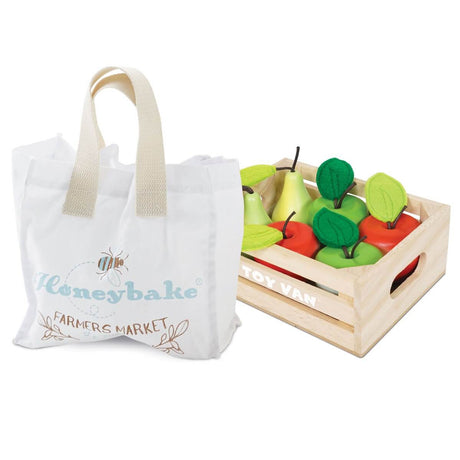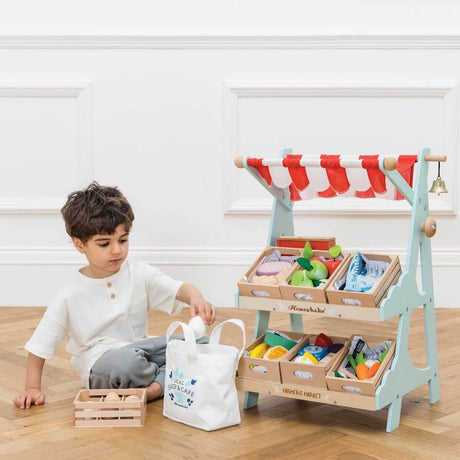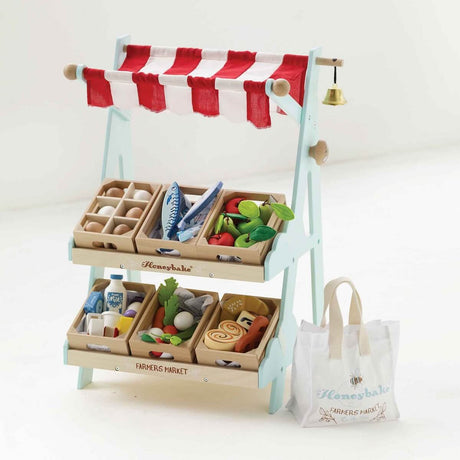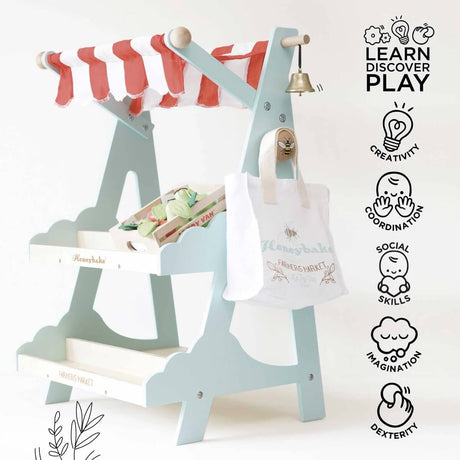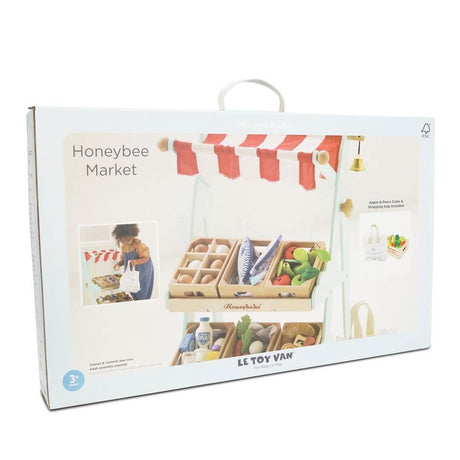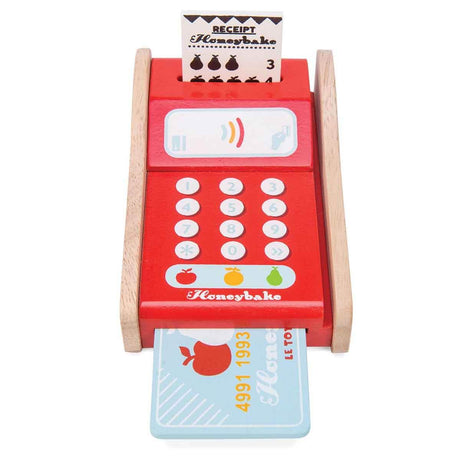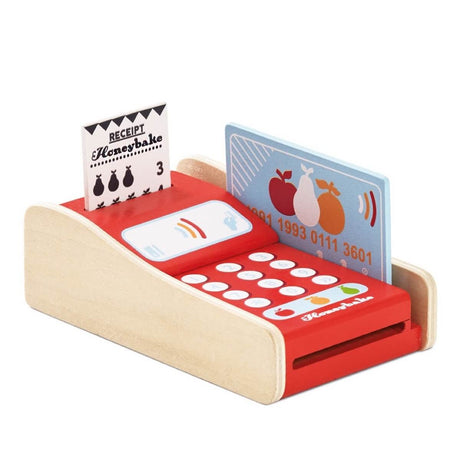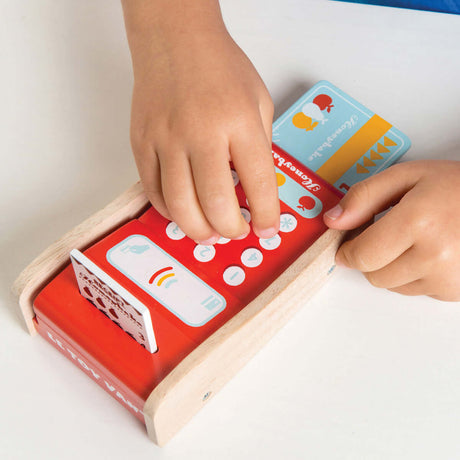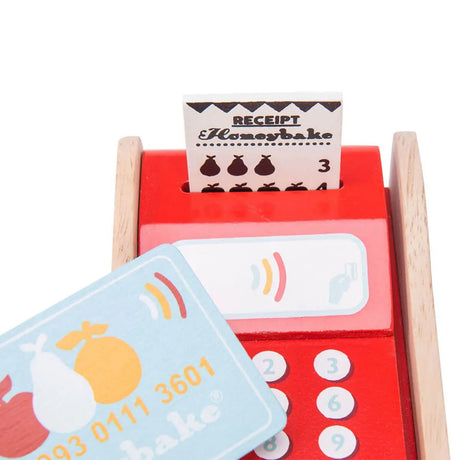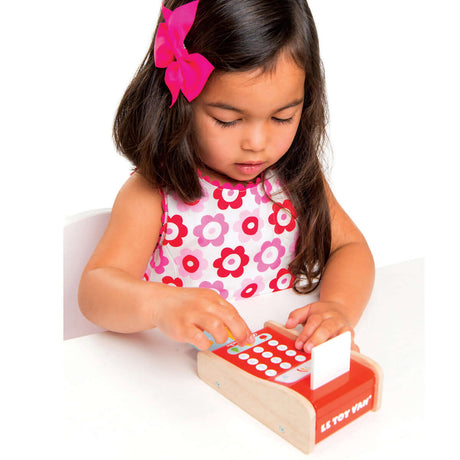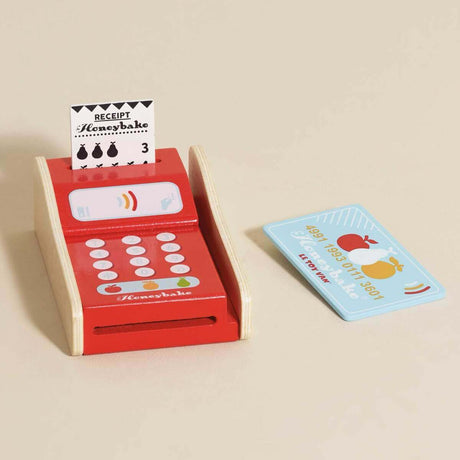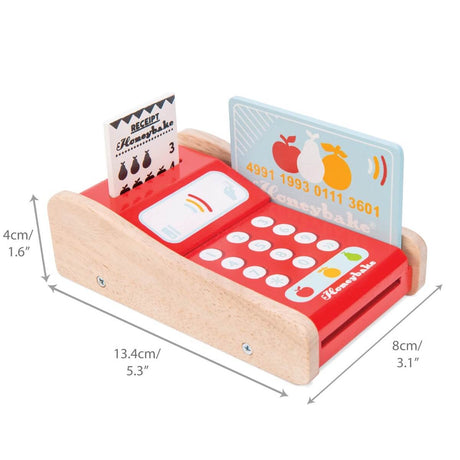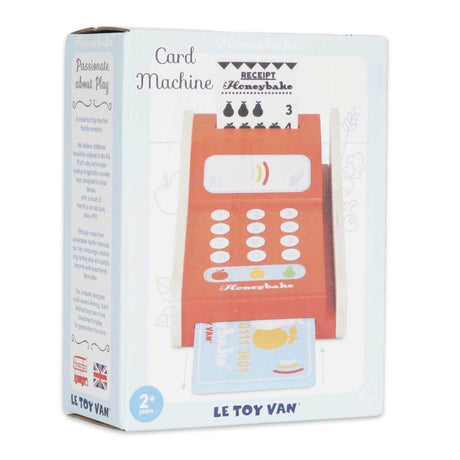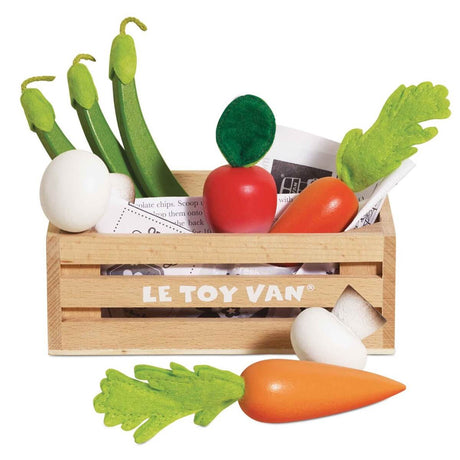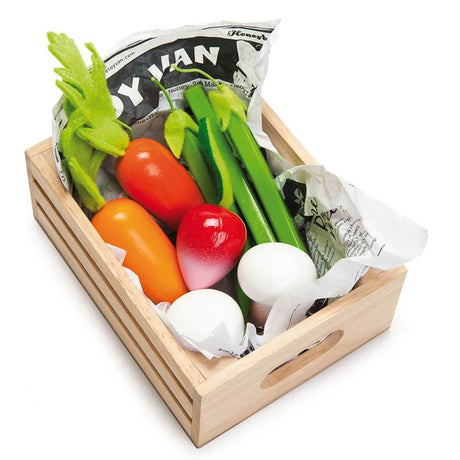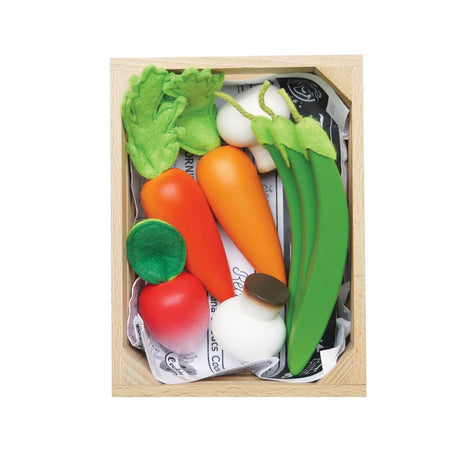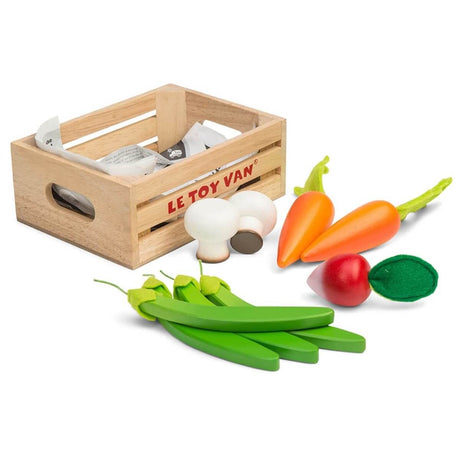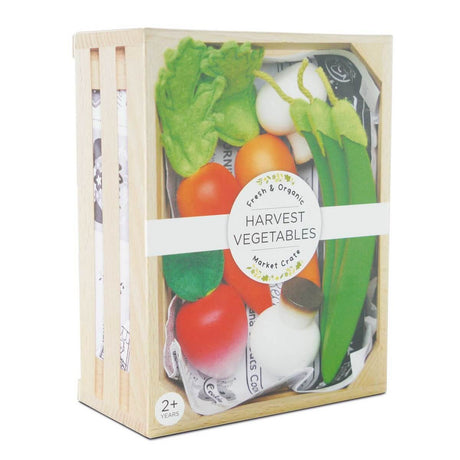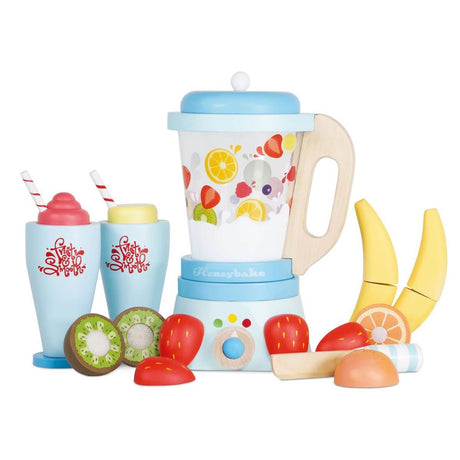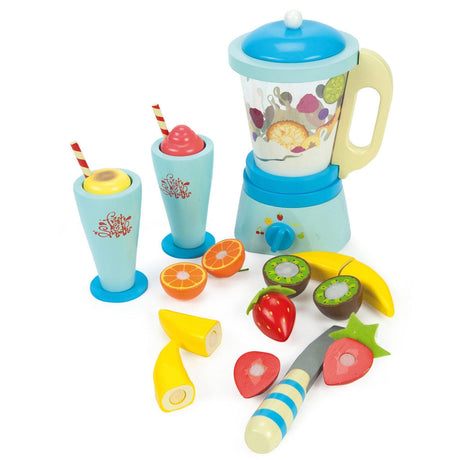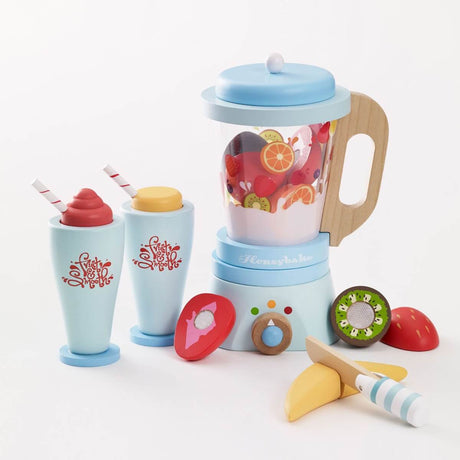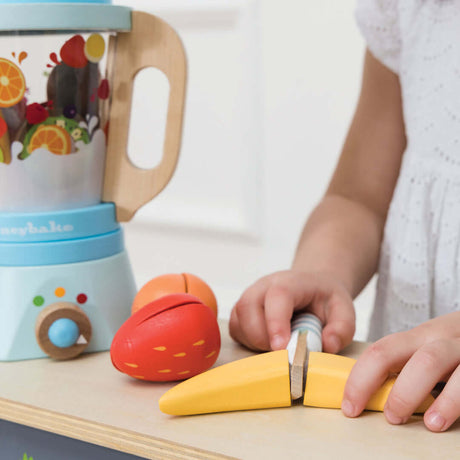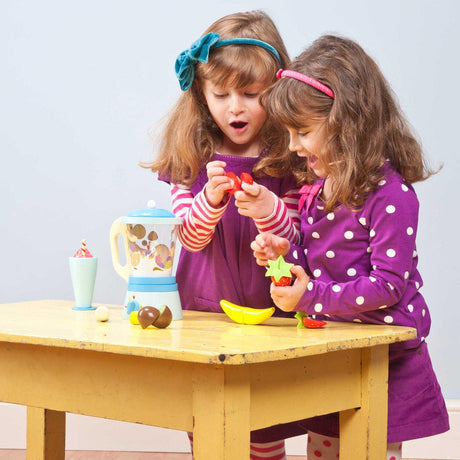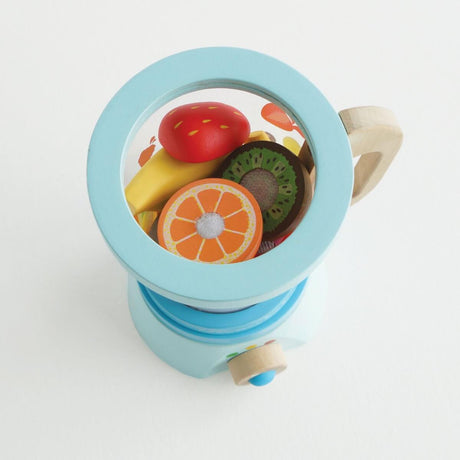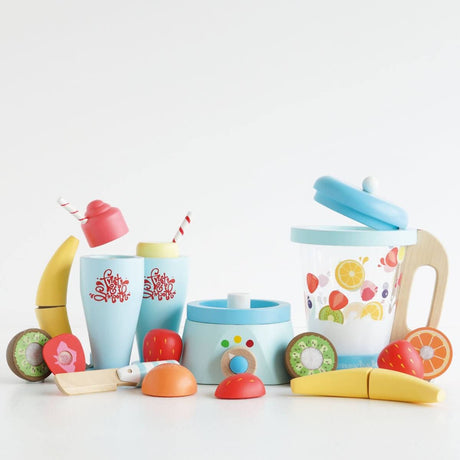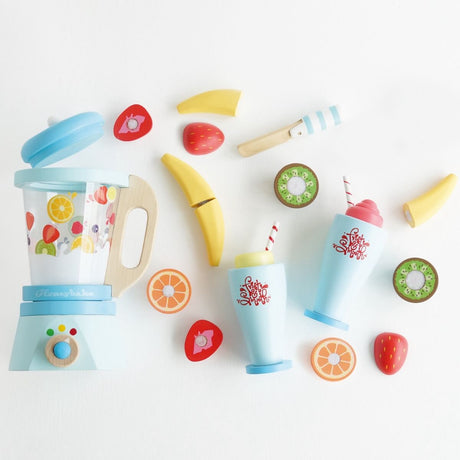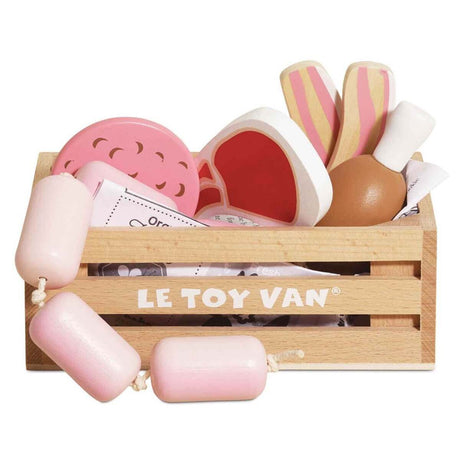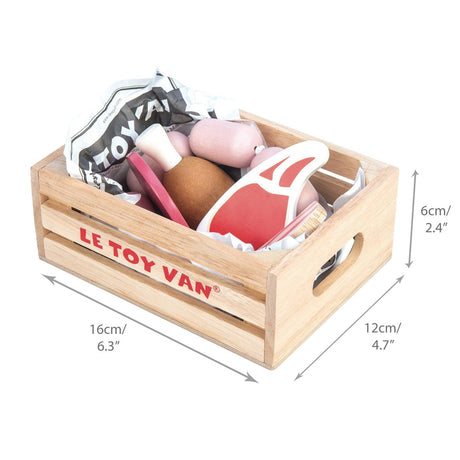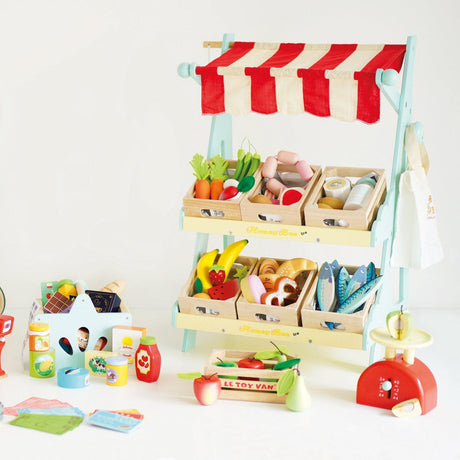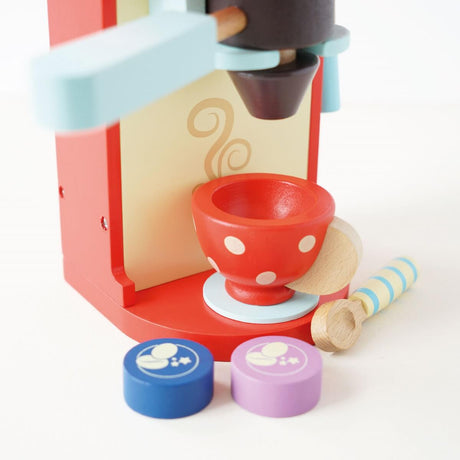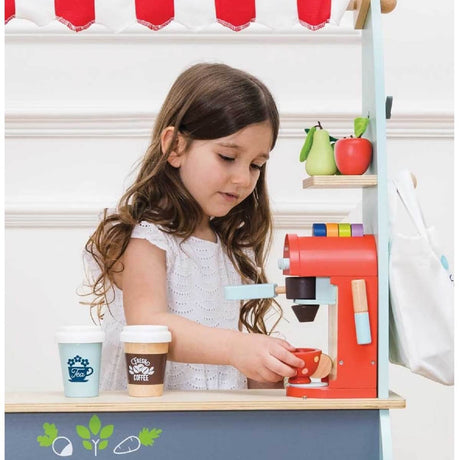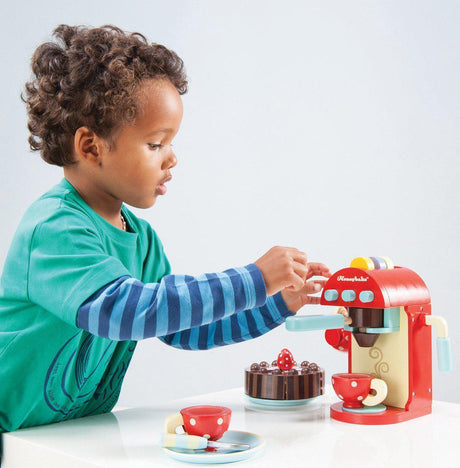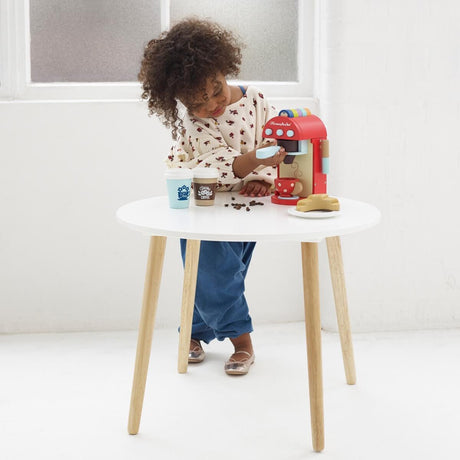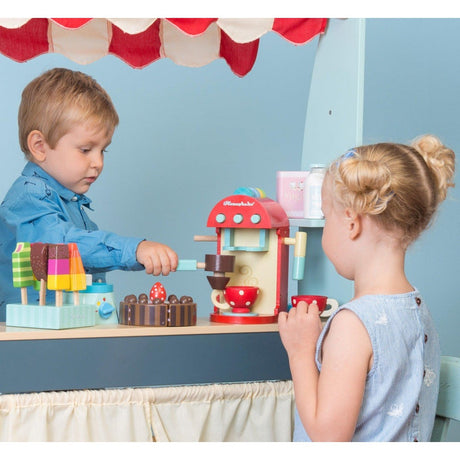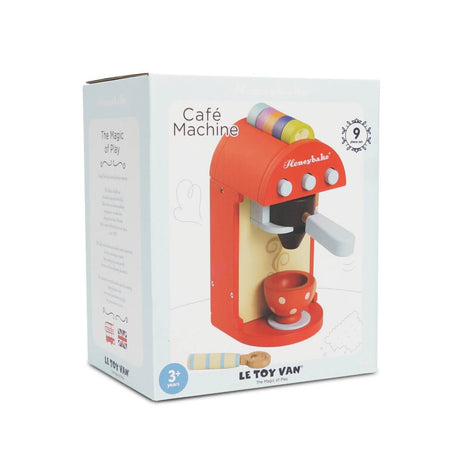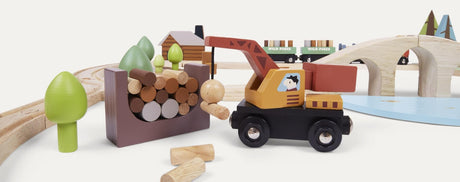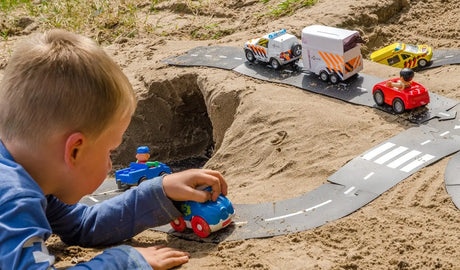It's time to change our perception of how children interact with food. Let's let children play with their food and discover the surprising benefits of this approach for their development.
Sensory benefits
Sensory exploration
Allowing children to play with their food promotes sensory exploration, a crucial part of their development. By touching, smelling and tasting different foods, they expand their taste palette and develop their senses.
Acceptance of new foods
Playing with food can help children overcome their reluctance to try new foods. By handling them without pressure, children become familiar with the textures and flavors, increasing the likelihood that they will accept them later.
To stimulate creativity
Artistic expression
Children love to create and express their imagination. By letting them use food as an artistic medium, you encourage them to explore their creativity and develop their fine motor skills .
Fun learning
Using food in educational activities, like counting vegetables or matching shapes and colors, makes learning fun and engaging for children.
For the development of autonomy
Learn to eat alone
By allowing children to play with their food, you encourage them to develop their autonomy at the table. By handling food and using utensils, they learn the skills to eat on their own.

Decision making
Playing with food gives children the opportunity to make choices and decisions about their diet. This early empowerment prepares them to adopt healthy eating habits in the long term.
Tips for Encouraging Play with Food
Create a conducive environment
To reap the full benefits of playing with food, it's important to create a relaxed, stress-free environment. Provide dedicated spaces where children can explore freely without fear of getting dirty.
Encourage participation
Encourage children's involvement in meal preparation. Activities like washing vegetables, mixing ingredients, or decorating a dish can strengthen their connection with food.
* * *
In summary, playing with food is a valuable approach to promoting children's sensory development, creativity and autonomy. By creating a supportive environment and encouraging their participation, you open the door to an enriching and educational experience for your children.


